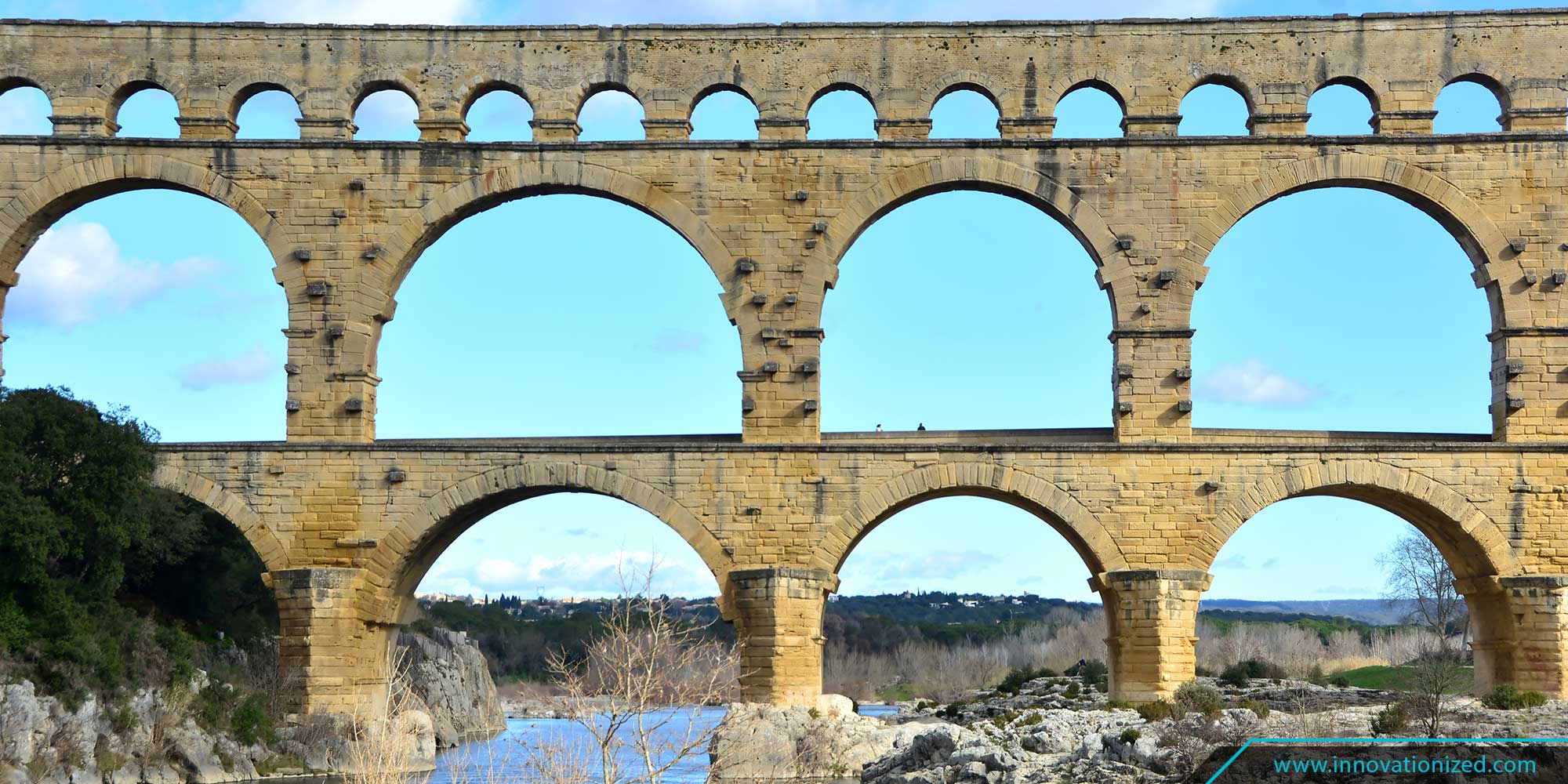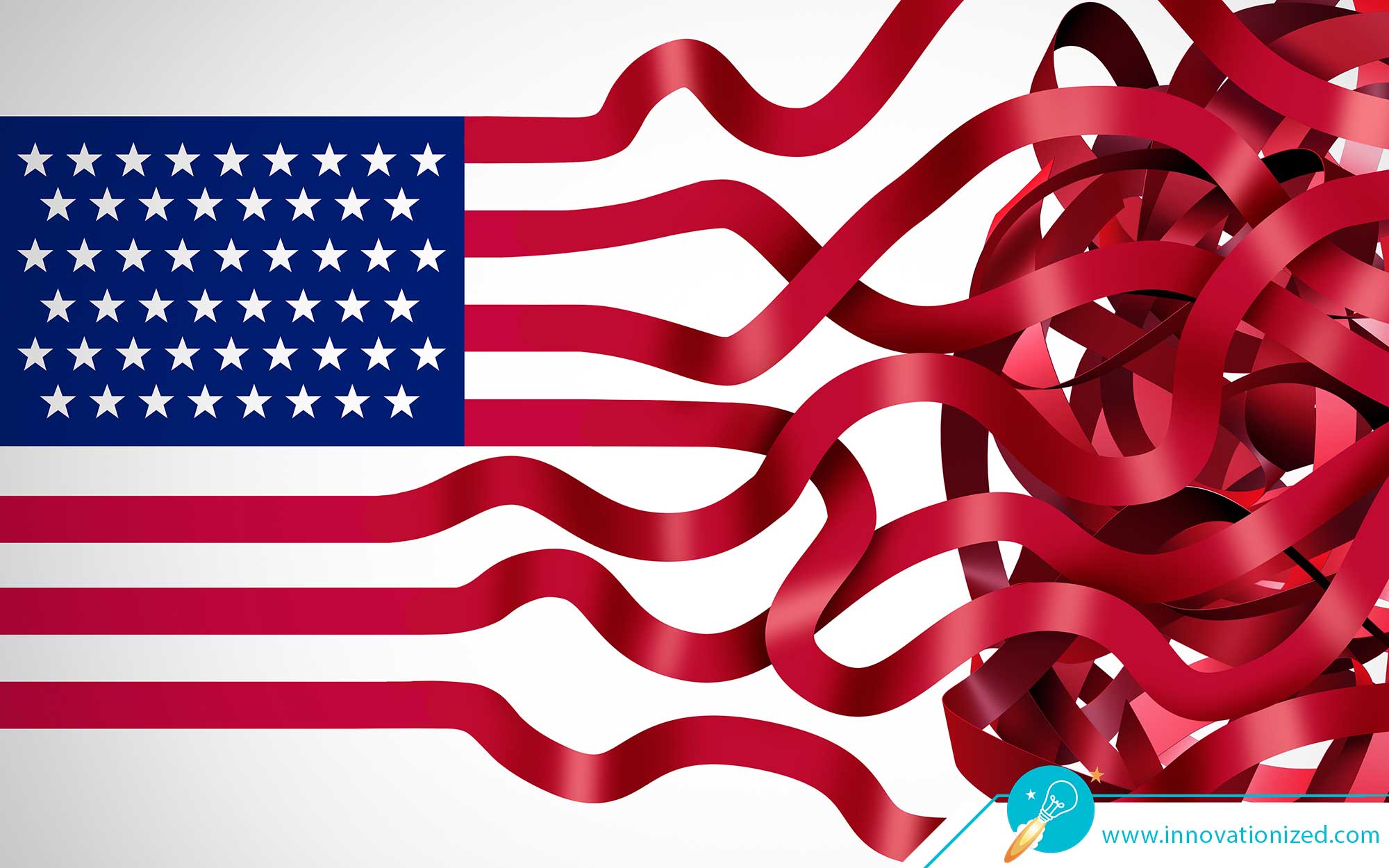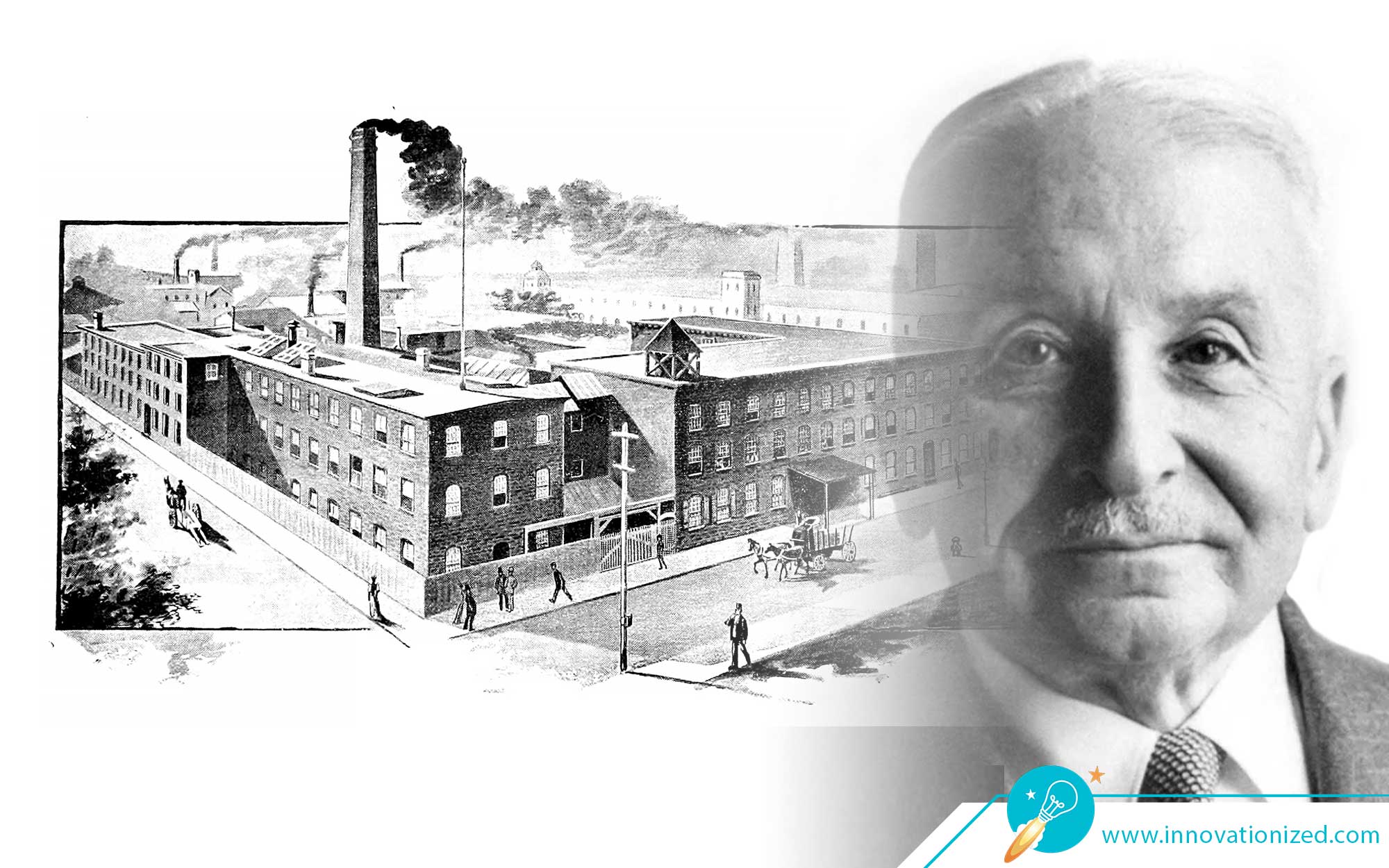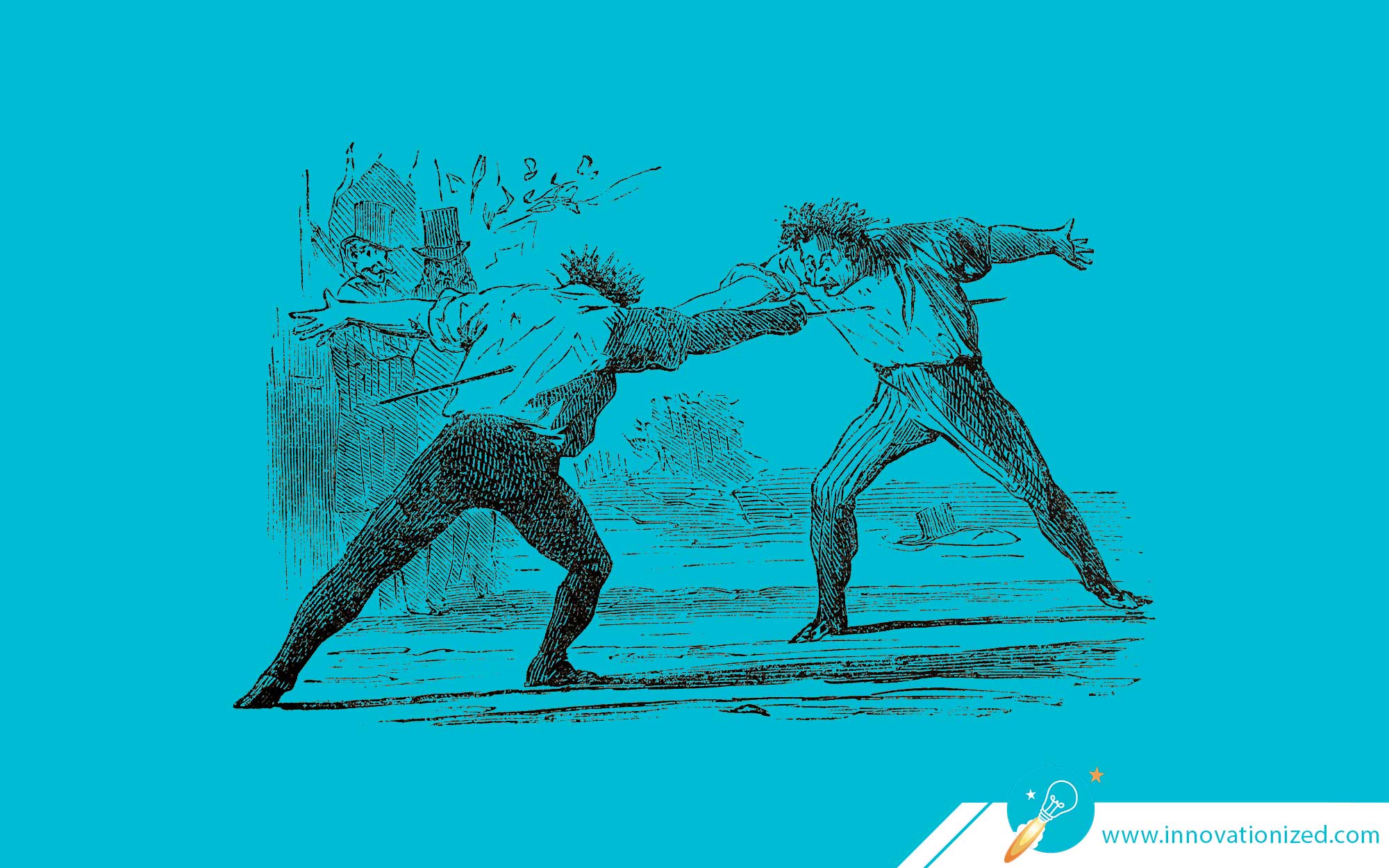From flint tools to fusion, innovation comes in many forms
It’s all around us and has been for millennia, but what is it?
We tend to think of innovation and invention interchangeably, as cool new gadgets, often produced by a breakthrough in knowledge. For example, the discovery of radio waves (Faraday, Maxwell, Hertz) and the consequent invention of the wireless telegraphy (Marconi) and eventually radio. [1]
Innovation is all that, and more.
Encyclopedia Britannica, defines innovation much more broadly:
“The creation of a new way of doing something, whether the enterprise is concrete (e.g., the development of a new product) or abstract (e.g., the development of a new philosophy or theoretical approach to a problem).” [2]
According to Merriam-Webster, innovation is a new idea, method, or device.
Invention versus Innovation
However, some have maintained a distinction between “invention” and “innovation.”
For example, Phyllis Deane, the Cambridge economist, refers to invention as the original novel idea and implementation of the idea. This does not necessarily mean that the invention will be widely adopted and successful. It is this subsequent general adoption that she calls “innovation.” [3]
I think this is a useful distinction, but it is generally overlooked in common discourse, but is maintained by some recent scholars.
Vaclav Smil acknowledges that the terms are often used interchangeably, but thinks it best to maintain the distinction and understand innovation as:
“[T]he process of introducing, adopting, and mastering new materials, products, processes, and ideas.” [4]
Thus, in this sense, invention is the original source of innovation, but it can occur without innovation. After all, there are many patents granted for inventions that are never adopted.
I think there is something missing in these common definitions of the terms invention and innovation.
Innovation to me, is not simply a new way of doing something. Sheer novelty is not a value. Innovation is a new and better way of doing something. So it’s a new method that is better in terms of efficiency, quality, speed, or yields a new output (radio).
It’s this value that can help explain why inventions take off, they are true innovations, providing value, that is then acknowledged and fuels adoption.
A Powerful Form of Innovation
A powerful form of innovation, is innovation through relocation. This is the taking the successful application of an idea, a technique, material, or method, and applying it in a different area.
For example, the drive-thru was first used in banking, by City Savings & Commercial Bank in New York in 1946. Two years later, Harry and Esther Snyder applied that idea to a fast food restaurant. They opened the first drive-thru restaurant in Baldwin Park, California in 1948. That business, In-N-Out Burger, is still doing well today.
A much earlier example, is the arch. The Romans have often been credited with the arch, but Babylonians and ancient Persians did know about the arch. However, they only used it in underground construction.
The Romans took the concept and applied it in new places and in new ways. They used it extensively in above ground construction. They used repeating arch constructions to build buildings and bridges. They built rows of arches upon rows of arches to create impressive viaducts.
This one innovation, taken from below the ground and applied above ground in creative ways, helped the Romans build, extend, and maintain their empire.
Innovation through relocation is a powerful technique for taking successful ideas and technologies from one industry or area, and applying them to new areas. It may be the most effective technique. Many innovations are of this type.
Reverse Engineer Your Best Ideas
Innovation through relocation is one way to leverage existing knowledge to innovate in new areas. There are others.
In particular, it pays to be self-conscious about your creative thinking. When you figure out something new that works, immediately try to capture how you arrived at it. That can often reveal a technique that can be consciously applied in future. I have captured some useful techniques that I have then re-applied in design and writing.
One of the best things you can do to stay creative, is when you see something new and effective in any field, ask, “How can I make this work in my field?”
If you don’t ask, you don’t get. This question primes your subconscious to be on the lookout for good ideas, and then stimulates you to creatively mine your subconscious for possible applications.
Limitless Invention and Innovation
There are no limits on invention and innovation.For all practical purposes, there are no limits to what we can do to create new materials, machines, processes, from the rich array of elements around us, from creating entirely new synthetic materials, to improving food with genetic modification, to interplanetary travel.
Similarly, there are no limits on who can innovate. Innovation is open to all, not just scientists and technologists.
The period of the Industrial Revolution was filled with unknown and uneducated people, who made modifications to equipment and processes, which advanced the quality and productivity of the age.
And, in once sense, innovation can be ordinary, simply a new way of doing something, from arranging product on a shelf to make more sales, to organizing your day to be more productive and rewarding, to finding a valuable new app that brings you joy.
What will you innovate today?
References
[1] Sturley, Kenneth Reginald. “radio technology”. Encyclopedia Britannica, https://www.britannica.com/technology/radio-technology. Accessed 14 December 2022. [2] Boslaugh, Sarah E.. “innovation”. Encyclopedia Britannica, https://www.britannica.com/topic/innovation-creativity. Accessed 15 December 2022. [3] Deane, Phyllis. The First Industrial Revolution (p. 103). Cambridge University Press. 1965. [4] Smil, Vaclav. Invention and Innovation: A Brief History of Hype and Failure (p. 3). MIT Press.Updated: November 20, 2024





